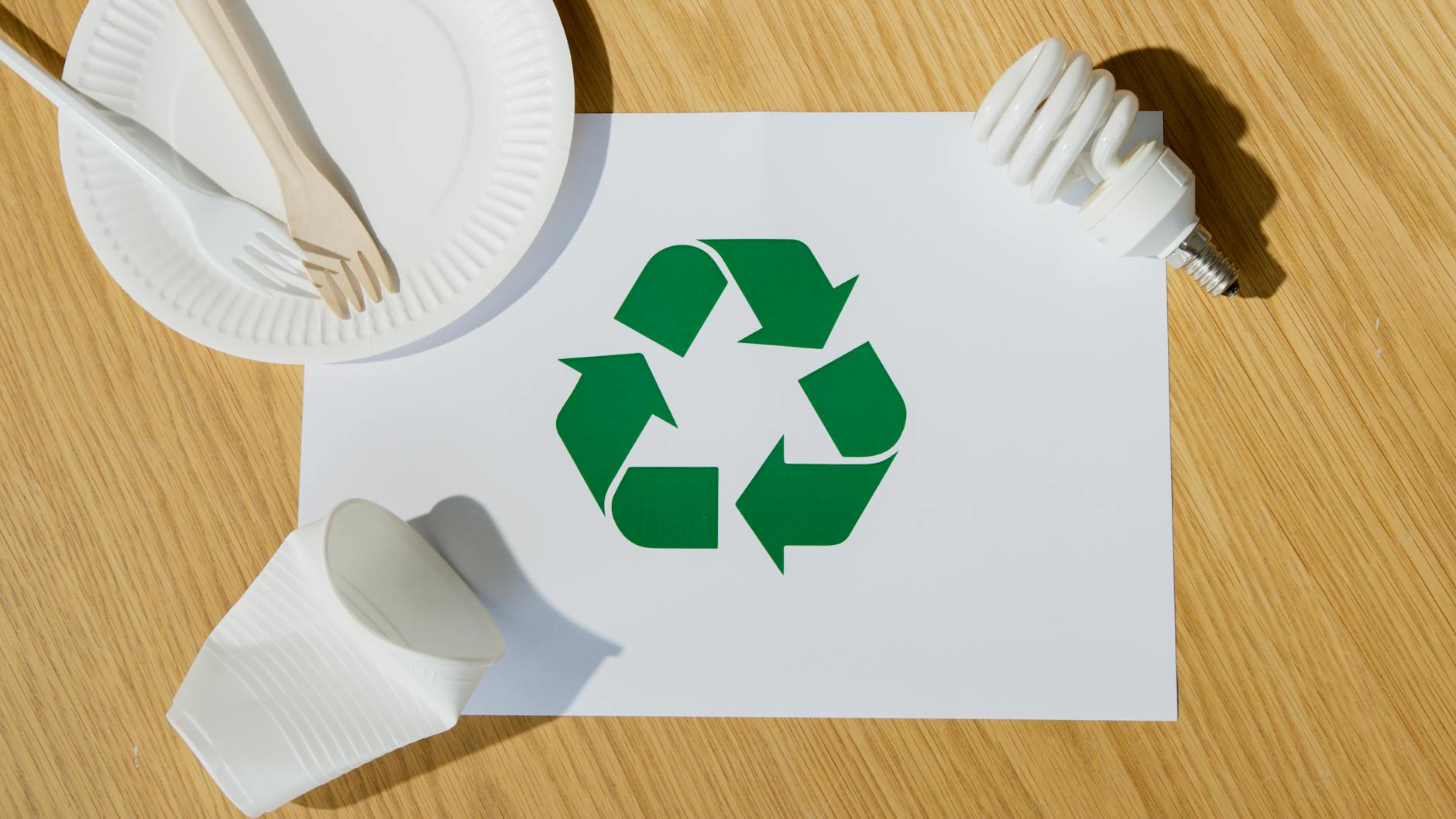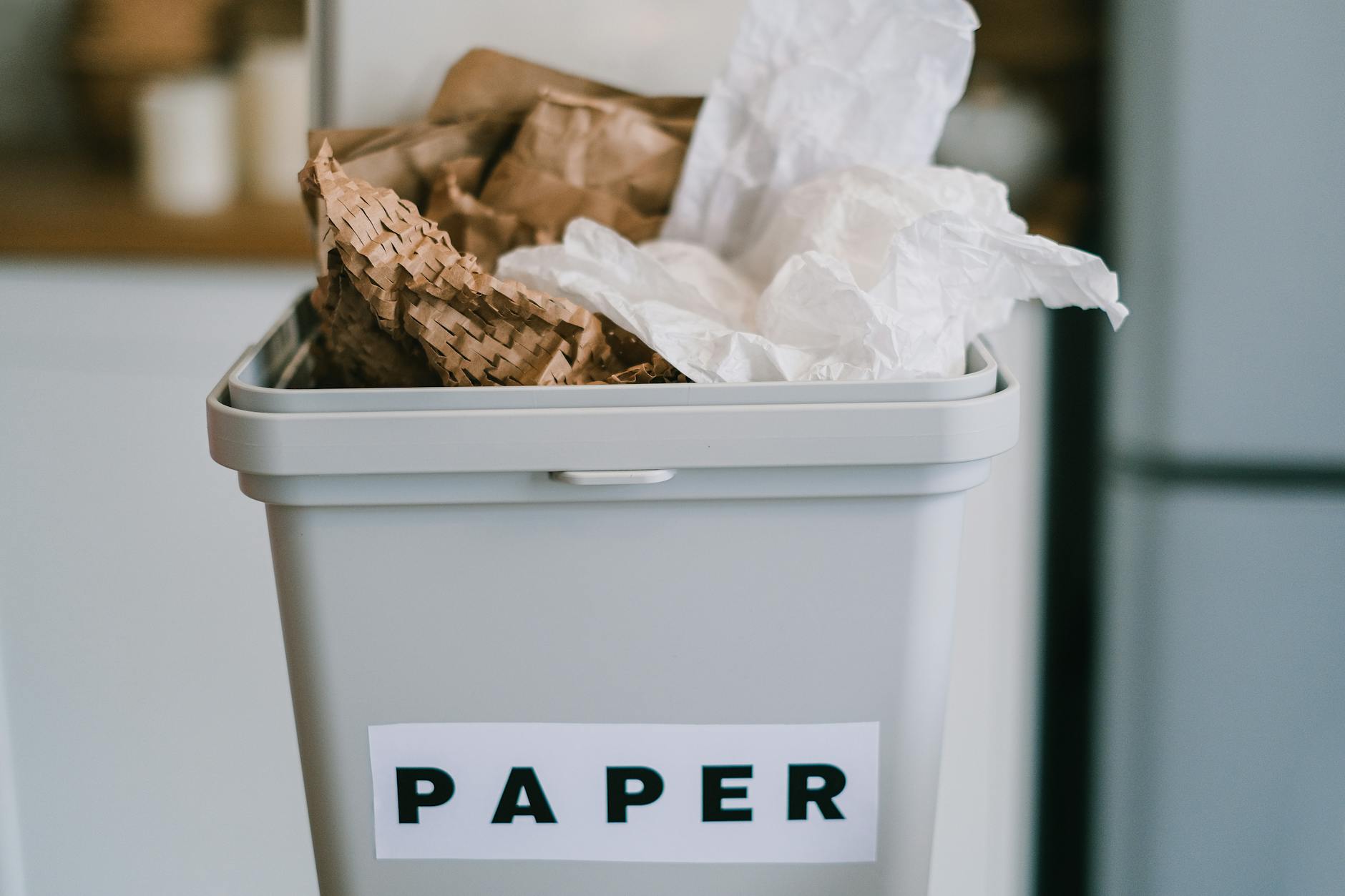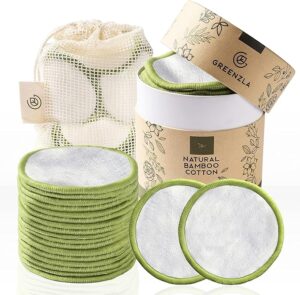Paper waste is a significant contributor to environmental degradation. The production of paper consumes vast amounts of water, energy, and trees, while its disposal often leads to increased landfill waste and greenhouse gas emissions. According to the Environmental Protection Agency (EPA), paper products make up about 23% of landfill waste in the U.S., making it the single largest component of municipal solid waste. However, reducing paper waste is achievable with conscious efforts at home and work. This blog explores ten effective ways to minimize paper waste, with practical examples and tips for implementation.

Table of Contents
1. Opt for Digital Solutions
Why It Matters: Digital tools can significantly reduce reliance on paper by providing electronic alternatives for communication, storage, and record-keeping.
At Work:
- Replace printed memos with emails or instant messaging platforms like Slack or Microsoft Teams.
- Use cloud-based software like Google Drive or Dropbox for document sharing and collaboration.
At Home:
- Switch to digital subscriptions for newspapers, magazines, and books.
- Use apps for task management and grocery lists instead of writing them on paper.
Example: A 2020 study showed that companies transitioning to digital workflows reduced paper consumption by up to 50%.
2. Embrace Paperless Billing and Banking
Why It Matters: Paper bills, bank statements, and receipts contribute significantly to paper waste. Opting for electronic versions can eliminate unnecessary paper clutter.
How to Implement:
- Choose e-statements for utilities, credit cards, and bank accounts.
- Request digital receipts when shopping.
Example: The Sierra Club estimates that if every U.S. household opted for paperless billing, it could save 18.5 million trees annually.

3. Print Only When Necessary
Why It Matters: Overprinting is a common source of waste, especially in offices. Mindful printing practices can drastically cut down on unnecessary paper usage.
Tips:
- Use print preview to ensure accuracy before printing.
- Print double-sided whenever possible.
- Reuse the blank side of printed sheets for draft notes or scrap paper.
Example: A small business in the UK saved over $2,000 annually by implementing a “think before you print” policy.
4. Go Reusable with Note-Taking and Planning
Why It Matters: Paper planners, sticky notes, and notebooks, while convenient, add up in terms of waste. Switching to reusable or digital alternatives can make a difference.
Alternatives:
- Use a dry-erase board or a reusable notebook like Rocketbook for notes.
- Switch to planning apps like Trello, Notion, or Google Calendar.
Example: Rocketbook users can reuse their notebooks endlessly by erasing notes, saving an estimated 300 pages per notebook.
5. Recycle Paper Properly
Why It Matters: Recycling paper reduces the demand for virgin materials and diverts waste from landfills. However, contaminated or improperly sorted paper often ends up in the trash.
How to Recycle:
- Separate recyclable paper from non-recyclable items like receipts (which may contain BPA) or laminated sheets.
- Ensure paper is clean and dry before recycling.
Example: Recycling one ton of paper saves 17 trees, 7,000 gallons of water, and 380 gallons of oil, according to the EPA.
6. Use Recycled Paper Products
Why It Matters: Purchasing recycled paper products supports the circular economy by reducing demand for virgin paper.
Options:
- Opt for recycled printer paper and notebooks.
- Buy toilet paper and paper towels made from recycled materials.
Example: Staples and Office Depot offer recycled printer paper with up to 100% post-consumer content, which requires less energy and water to produce.

7. Eliminate Junk Mail
Why It Matters: Junk mail accounts for a significant portion of household paper waste. Taking steps to stop unsolicited mail can reduce clutter and waste.
How to Stop Junk Mail:
- Register with the Direct Marketing Association’s Mail Preference Service to reduce advertising mail.
- Opt out of credit card and insurance offers through optoutprescreen.com.
Example: The average American household receives 41 pounds of junk mail annually, much of which is discarded unopened.
8. Repurpose Paper Waste
Why It Matters: Creative reuse of paper can extend its lifecycle and minimize waste.
Ideas for Repurposing:
- Use shredded paper for packing material or composting.
- Turn old magazines or newspapers into wrapping paper or craft projects.
Example: Some schools use shredded office paper as bedding for classroom pets, cutting down on both waste and costs.
9. Transition to Digital Learning Tools
Why It Matters: Education is a paper-heavy sector, with students and teachers frequently using worksheets, textbooks, and handouts. Digital tools can reduce paper dependency in learning environments.
How to Implement:
- Replace printed textbooks with e-books or PDFs.
- Use online platforms like Google Classroom or Canvas for assignments and feedback.
Example: A California school district reduced paper usage by 80% by transitioning to Chromebooks for all students.
10. Conduct Paper Audits
Why It Matters: Understanding how much paper you use and where it comes from can help identify opportunities to cut back.
Steps for a Paper Audit:
- Track your paper usage over a month at home or work.
- Identify areas where digital solutions or reuse strategies can be applied.
Example: An audit at a mid-sized company revealed that meeting agendas accounted for 30% of paper waste, leading to a shift toward digital agenda distribution.

The Bigger Picture: Benefits of Reducing Paper Waste
Reducing paper waste has ripple effects beyond decluttering your desk or saving a few dollars:
- Environmental Impact: Conserving forests helps protect biodiversity and mitigate climate change by preserving carbon sinks.
- Energy and Water Savings: Producing recycled paper uses 70% less energy and 50% less water than virgin paper.
- Economic Savings: Businesses and households can save money by reducing paper usage and waste disposal costs.
Final Thoughts
Reducing paper waste at home and work is not only an achievable goal but also a vital step toward sustainability. By embracing digital tools, rethinking habits, and committing to recycling and reuse, individuals and organizations can make a tangible difference.
Small changes, like switching to paperless billing or investing in reusable notebooks, may seem insignificant on their own. However, when adopted widely, they have the potential to drive systemic change and reduce the environmental footprint of paper production and waste.
Take action today—your choices matter.
References
- Environmental Protection Agency. “Advancing Sustainable Materials Management.” EPA
- Sierra Club. “Benefits of Going Paperless.” Sierra Club
- Paper Recycling Coalition. “The Environmental Impact of Recycling Paper.” Paper Recycling Coalition
- World Wildlife Fund. “The Environmental Footprint of Paper.” WWF



